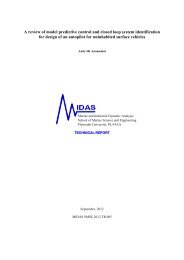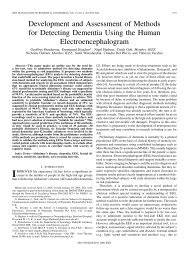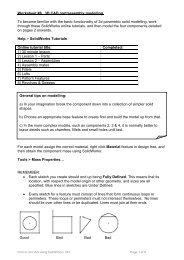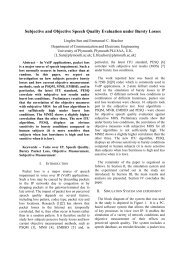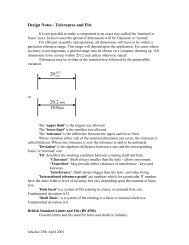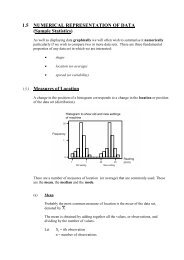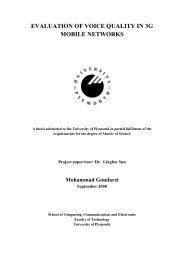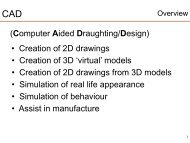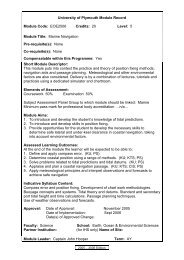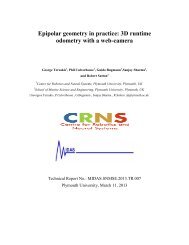Designing an Anaphora Resolution Algorithm for Route Instructions
Designing an Anaphora Resolution Algorithm for Route Instructions
Designing an Anaphora Resolution Algorithm for Route Instructions
You also want an ePaper? Increase the reach of your titles
YUMPU automatically turns print PDFs into web optimized ePapers that Google loves.
But Sidner suggests that the chosen referent <strong>for</strong> a pronoun is always the focused<br />
entity in the discourse model except if the sem<strong>an</strong>tic properties of the referent <strong>an</strong>d the<br />
predication context of the pronoun are incompatible. The focused entity in this<br />
example is the noun phrase referring to ‘the dog’ since it is the object of the previous<br />
sentence, there<strong>for</strong>e ‘the dog’ is the preferred referent of the pronoun rather th<strong>an</strong> ‘the<br />
bull’.<br />
But as mentioned above, there are different techniques to determine the<br />
‘focus’. The Centering Theory defines several relations between two adjacent<br />
utter<strong>an</strong>ces. It assumes that each utter<strong>an</strong>ce introduces new entities into the discourse.<br />
These entities are the so-called Forward Looking Centers (CF). They are r<strong>an</strong>ked with<br />
respect to different criteria (e.g. grammatical role, in<strong>for</strong>mation structure, coherence<br />
structure etc.). The most highly r<strong>an</strong>ked entity in the CF of the previous utter<strong>an</strong>ce(U i-1 )<br />
is the focused entity in <strong>an</strong> utter<strong>an</strong>ce(U i ) (the so-called Backward-Looking Center<br />
(CB)). It needs to be said that the Centering Theory does not specify what<br />
‘utter<strong>an</strong>ces’ are, how the entities in the CF are r<strong>an</strong>ked, what kind of entities are<br />
introduced into the discourse <strong>an</strong>d how they are created. Thus, researchers using the<br />
theory have to define those principles on their own.<br />
Applying salience to resolve pronouns which refer to noun phrases works<br />
quite well but it helps to find the correct referent of deictic pronouns. Due to the fact<br />
that deictic pronouns tend to have clausal <strong>an</strong>tecedent <strong>an</strong>d according to the observation<br />
that they refer to sem<strong>an</strong>tically complex non-focused items, the Centering Theory does<br />
not succeed in resolving deictic pronouns. Nevertheless, Grosz & Sidner (1986)<br />
discuss the concept of a global focus which they characterize as the set of entities<br />
being part of the attentional state of the discourse particip<strong>an</strong>ts. So even if there is only<br />
one entity in <strong>an</strong> utter<strong>an</strong>ce ‘in focus’, the other ones are ‘activated’ or in Poesio &<br />
Modjeska’s (2002) words ‘sufficiently salient’. They are in the short-term memory<br />
because they are mentioned in the discourse or because they are in the physical<br />
context (cf. example (3) above). According to Gundel et al’s (1993) Givenness<br />
Hierarchy (quoted from Poesio & Modjeska 2002) personal pronouns usually refer to<br />
12




